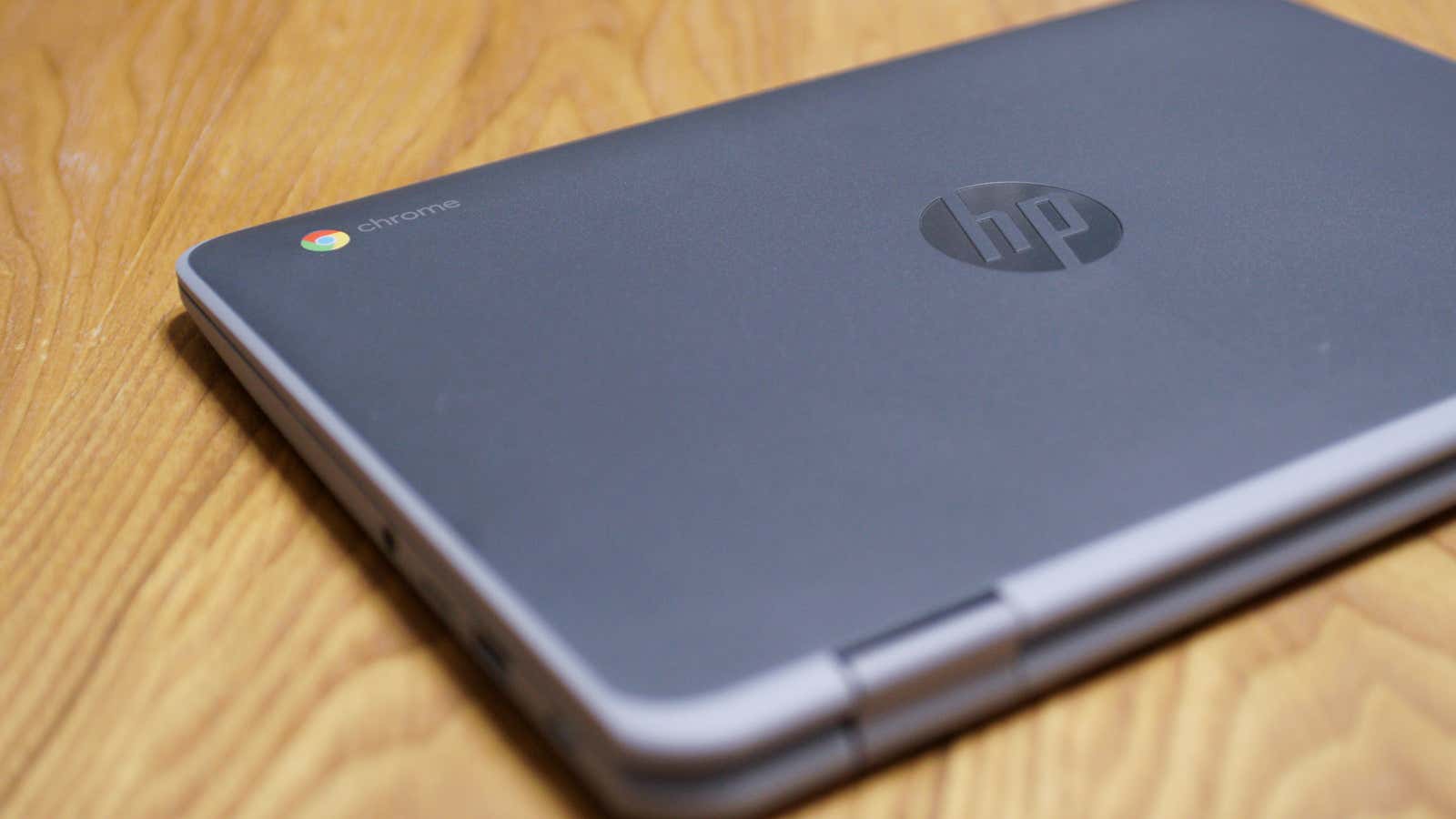How to Fix the Most Annoying Chromebook Problems

Chrome OS has come a long way since its humble beginnings as browser-based. You can now use the operating system to install Android apps, access Linux with the click of a button, communicate with Google Assistant, and more. But just because Chrome OS is now bundling powerful features into a simple design doesn’t mean that things don’t go wrong from time to time.
Fortunately, there are many workarounds and fixes for some of the most annoying Chrome OS problems. Here’s a quick overview of some of the most common problems you are likely to run into on Chrome OS:
- Websites load their mobile versions instead of desktop
- Where is the Chrome OS Task Manager located?
- How to make a caps lock key with your own hands
- Finding hidden characteristics of your Chromebook
- Freeing up space on your Chromebook
When websites keep loading their mobile versions
Although Chromebooks come with the Google Chrome desktop browser, many websites are not designed to identify Chrome OS as a desktop operating system. Instead, they mistakenly assume that you are on the phone and create a crappy mobile site for you.
Enter User Agent Switcher and Manager , a third-party extension that allows your browser to spoof a website, assuming you are using a Mac, Windows PC, or any other platform.
Once you’ve installed the add-on, click on its icon and you’ll find a number of user agents to choose from. Your best bet is to set it up to the latest version of Chrome on Mac or Windows. To do this, select Chrome in the first drop-down menu and Mac (or Windows) in the second. Check the topmost entry in the list and click Apply. Reload the websites and you’re done – you no longer have to deal with mobile versions of websites on your Chromebook.
If you find that any web applications that you rely on suddenly start behaving strangely after enabling the extension, you can add them to the blacklist. Click the extension button and go to Options. Enter the website address in the blacklist text box and save it.
Revealing the hidden Chrome OS task manager
Every operating system has a task manager that you can use to monitor all active applications and processes and instantly put an end to those that are taking up your computer’s resources. Chrome OS also has a task manager, but unlike macOS or Windows, it’s a little hidden.
The Chrome OS Task Manager is built into the Google Chrome browser and can be launched in two ways. You can press the Search + Esc keyboard shortcut or click the three dots in the far-right corner of the Omnibar of the Chrome window and go to More Tools> Task Manager .
Google Chrome’s Task Manager is relatively simple. You can keep track of how much memory or bandwidth each Android app, Chrome tab, system process, or extension is consuming and stop running as needed. If you want to kill multiple applications at once, it’s easy to select multiple processes and stop them in one go.
Return the Caps Lock key
Chromebooks don’t have the traditional Caps Lock key – instead, there is a search button in this place. While you can still activate Caps Lock with a two-button keyboard shortcut, it’s not as convenient for those who often have to switch between capital letters and normal case.
Chrome OS allows you to personalize most of the keyboard shortcuts, including Search, Alt, Ctrl, and more. You can reassign them to multiple actions through Settings> Keyboard . For example, if you’re missing the good old Caps Lock key, click the drop-down menu to the right of Search and select Caps Lock to replace the latter with the former.
Checking the specifications of your Chromebook
There is no section in the Chrome OS settings for the specifications of your Chromebook. Even on the About page you will only find information about the software and update status. This is also one of the weird design choices of Chrome OS, but that doesn’t mean you can’t check your laptop’s hardware information. It is simply hidden from the eyes of most users.
To access the hidden About page of Chrome OS, launch the Chrome browser. In the address bar, enter chrome: // system and press Enter. You will be taken to a technical page that tells you almost everything you want to know about your system, from diagnostic data to hardware specifications such as processor speed and serial number.
Free up space on your crowded Chromebook
Chrome OS is based on the idea that you live in the cloud. Therefore, most Chromebooks still come with 32GB or 64GB of internal storage. While that might have been enough when all a Chromebook could do was launch a web browser, it is no longer the case and running out of memory could hinder your plans to install an Android game, high-performance Linux software, or even Google’s development platform, Android. … Studio.
Fortunately, there are a few tricks you can use to free up space. First, set up your cloud storage in the File Manager app; this will allow you to seamlessly offload data when you run out of storage and retrieve it instantly when you really need it.
To add a new cloud account, such as Dropbox, open File Manager on your Chromebook, click the three-dot menu in the top right corner, and click Add New Service> Install New Service . Install File System for Dropbox and follow the onscreen instructions.
You also have the option to use an external storage device such as a microSD card to store the data of your Android apps. Once you’ve connected it, go to Settings> Storage Management> External Storage Settings . Turn on the switch next to your storage device name.